Het arrangement English history is gemaakt met Wikiwijs van Kennisnet. Wikiwijs is hét onderwijsplatform waar je leermiddelen zoekt, maakt en deelt.
- Auteur
- Laatst gewijzigd
- 24-04-2019 14:16:56
- Licentie
-
Dit lesmateriaal is gepubliceerd onder de Creative Commons Naamsvermelding-GelijkDelen 4.0 Internationale licentie. Dit houdt in dat je onder de voorwaarde van naamsvermelding en publicatie onder dezelfde licentie vrij bent om:
- het werk te delen - te kopiëren, te verspreiden en door te geven via elk medium of bestandsformaat
- het werk te bewerken - te remixen, te veranderen en afgeleide werken te maken
- voor alle doeleinden, inclusief commerciële doeleinden.
Meer informatie over de CC Naamsvermelding-GelijkDelen 4.0 Internationale licentie.
Ceaser landed in England in 55 BC. for the first time. His army came for the second time, in 45 AD. and stayed there till 410 AD. There are (almost) no remains left of the Romans ruling in England except for the Haydrian's Wall and the Roman bath-houses in England.
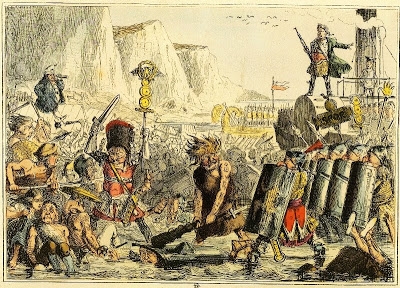
Aanvullende informatie over dit lesmateriaal
Van dit lesmateriaal is de volgende aanvullende informatie beschikbaar:
- Toelichting
- Dit hoofdstuk gaat over de geschiedenis van de taal dat we gaan leren. Waar komen de Engelsen vandaan? Hoe is het taal veranderd in de loop van de jaren? Hoe is Engeland zo een sterk en machtig koninkrijk geworden? Daar gaan we het dit hoofdstuk over hebben!
- Leerniveau
- VWO 2;
- Leerinhoud en doelen
- Engels; Lezen; Lezen om informatie op te doen; Opleiding; Luisteren en kijken; Geschiedenis; Oriënterend lezen;
- Eindgebruiker
- leerling/student
- Moeilijkheidsgraad
- gemiddeld
- Studiebelasting
- 1 uur 0 minuten

Bronnen
| Bron | Type |
|---|---|
|
Kahoot! Britain exercise https://kahoot.it/challenge/0612569 |
Link |
|
The invasion of the Anglo-Saxons and the Vikings https://www.youtube.com/watch?v=r9Tfbeqyu2U |
Video |
|
The Norman invasion! https://www.youtube.com/watch?v=wiaCId6pANI |
Video |
|
Quizlet! https://quizlet.com/_6iufff |
Link |
|
The test!! https://docs.google.com/forms/d/1EmzlWCIRqblHnc3BQt4Kis1tVUsQmHgBFzvcgJ4tuNY/edit |
Link |

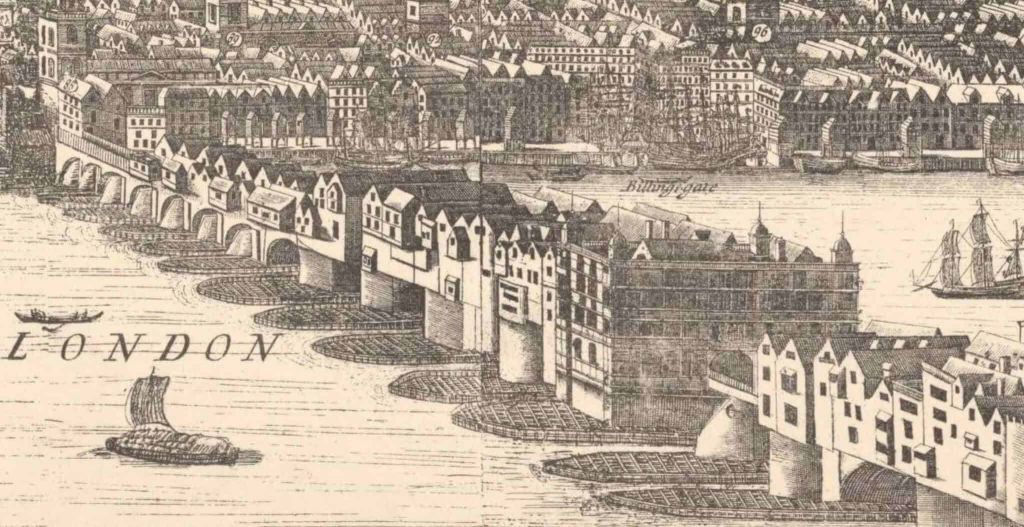
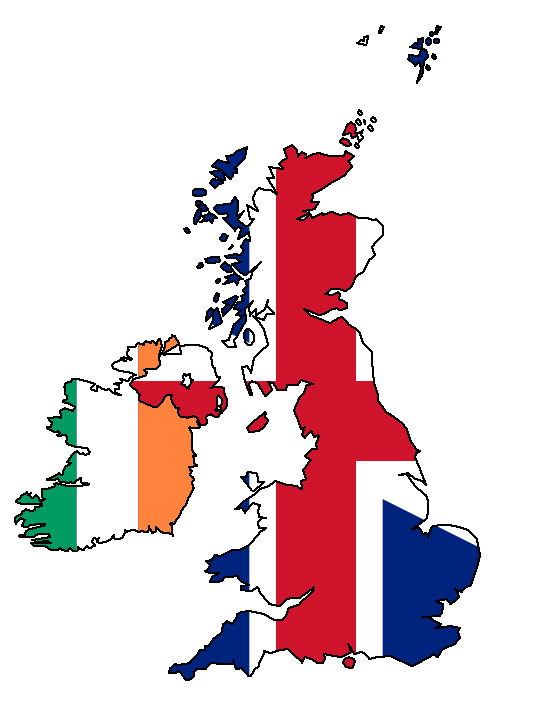 1. on the left Ireland and on the right Great Britain
1. on the left Ireland and on the right Great Britain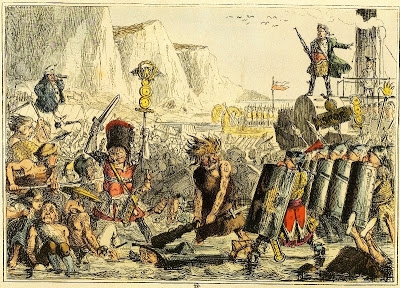


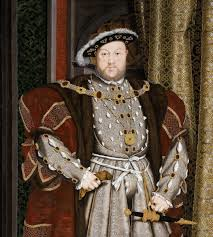 1. King Henry the 8th
1. King Henry the 8th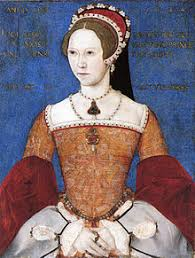 2. Queen Mary I
2. Queen Mary I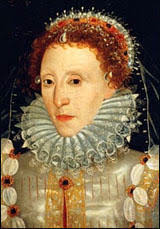 3. Queen Elizabeth I
3. Queen Elizabeth I